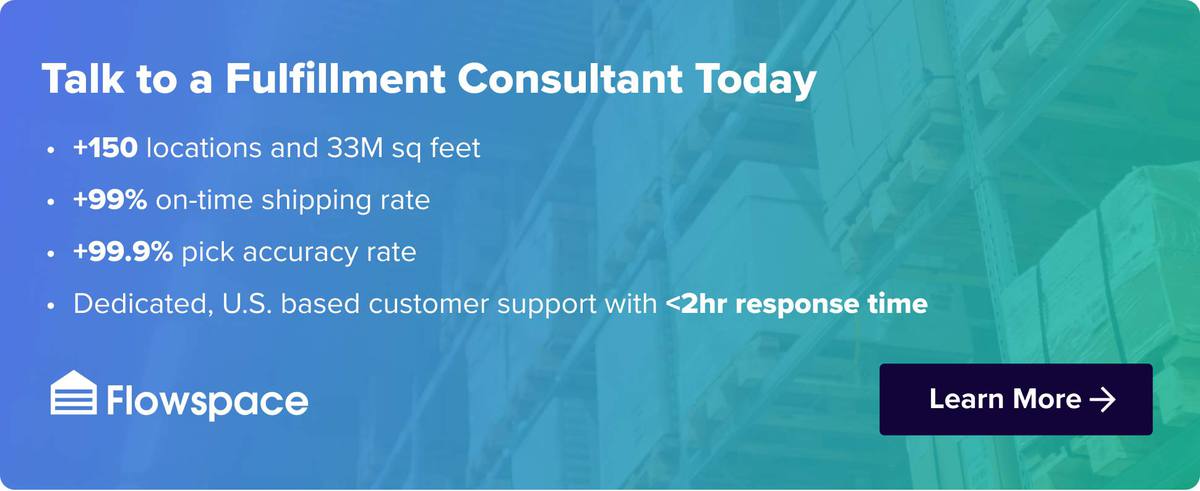
One of the largest (and oldest) challenges facing any retailer is the difficulty of effectively balancing supply with demand. Though it may be hard to find, there is a balance that satisfies the need to both sell as much as possible without incurring the costs of excess stock. In this guide to supply and demand balancing, you’ll find practical insights on how to manage supply and demand, as well as demand planning tactics to maximize customer satisfaction and company profitability.
Understanding Supply and Demand
Supply and demand are key factors that impact businesses. Having a basic knowledge of economic theory will allow a retailer to successfully recognize changes to consumption. The definitions of supply and demand are quite straightforward. Supply is the amount of a good or service that a supplier is willing or able to produce at a given price. Demand is the amount of a good or service that a consumer is willing or able to purchase at a given price.
Understanding supply and demand can help companies predict the reaction of the consumer to a price change. For example, when the price increases the consumer demand for a product is expected to decrease. Furthermore, using the concept of supply and demand aids business people in determining how to price their goods. The ideal price of a product is the market equilibrium price. This occurs when the quantity suppliers produce of a product is equal to the quantity consumers demand of that product. It is critical to balance supply and demand in order to make the most of your product.
What is Supply and Demand Balancing
In the least amount of words possible, supply and demand balancing is the process of making products available at the right place and time for the customer. This balance is achieved when the sales rate (Time/Unit of Sale) for a given product equals the throughput (Time/ Unit production and delivery) of your supply.
Though supply and demand balancing can be expressed in a simple equation (Time/Unit of Sale = Time/ Unit production and delivery), it’s harder to achieve than it might seem.
Challenges of Supply and Demand Balancing For Retailers
Brick-and-mortar retail locations come with their own unique set of challenges, to be certain. But nowhere are the obstacles to supply and demand balancing more evident than the e-commerce channels.
Hard to Identify Customers
Unlike brick-and-mortar retail, where demand is linked to a specific customer or location, the e-commerce customer is not as clearly defined. Online ordering masks the customer’s identity and location, which can make it difficult to determine exactly how your products are perceived in the market where the sales are actually coming from.
Volatile Demand
In the world of e-commerce, changes in how items are managed and promoted often cause demand to fluctuate wildly. There’s also the issue of product hoarding, in which customers buy large quantities of a product to restrict availability and control pricing.
Limited Historical Data
One of the most significant challenges to supply-demand balancing for retailers in any category is the limited historical data available to assist with planning and forecasting, especially for new products.
Unreliable Forecasts
With limited historical data, comes limited ability to forecast demand. What forecasting is available often does not clearly reflect the impact of past historical events such as promotions or new listings and delistings.
Supply Challenges
Though many of the challenges in the way of a demand and supply balance fall on the demand side of the aisle, there are also challenges for the supply side of the business, like long lead times, breaks in the supply chain and the difficulty of calculating minimum stocking quantities and safety stocks.
There are a lot of factors that can upset the balance of your supply and demand forecasting. Fortunately, there are also laws to help you keep the balance in check.
What are the Four Basic Laws of Supply and Demand
In a perfect world, managing supply and demand would be as simple as forecasting demand and ordering (and/or manufacturing) products accordingly. Since the world is not perfect, eRetailers balance supply and demand by remembering four key laws:
- First Law of Supply and Demand – If demand increases but supply remains unchanged, then it leads to higher price and quantity.
- Second Law of Supply and Demand – If demand decreases and supply remains unchanged, then it leads to lower price and quantity.
- Third Law of Supply and Demand – If supply increases and demand remains unchanged, then it leads to lower price and higher quantity.
- Fourth Law of Supply and Demand – If supply decreases and demand remains unchanged, then it leads to higher price and lower quantity.
How Do You Manage Supply and Demand
Now that you know the laws of supply and demand, we can apply them to help us answer the four key questions of supply and demand planning:
- What goods will be demanded?
- How much of each item will be demanded?
- When will the goods be demanded?
- Where do the items need to be at the time they are demanded?
By answering these questions, you’ll have the information you need to adjust for supply or demand, set inventory policies, allocate available products and resources, and ultimately avoid stockouts and overstocking.
How To Find The Balance Between Supply and Demand
As an e-commerce brand, finding the right balance between supply and demand is critical to the success of your business strategy, but it also plays a significant role in the various functions of your business as a whole.
● From the point of view of your sales team, a miscalculation in supply could lead to understocked items, lost sales, missed sales targets, penalties to contractual retailers, and, most importantly, poor customer service.
● From the point of view of your supply chain department, a miscalculation in demand could lead to overstocked items, which take up extra space in the warehouse and leads to higher inventory carrying costs, increased cost of rent, increased risk of product obsolescence and higher labor costs to manage the extra stock.
● From the point of view of your managers, Ultimately, for your managers to do their jobs effectively, they need your stock levels to be balanced between supply and demand. Achieving that balance is a daunting challenge, but it can be done.
Above all, supply and demand balancing for e-commerce brands require you to think differently about your business and how you support your customers, wherever they happen to be. With a nationwide network of 1000+ warehouses and fulfillment centers, Flowspace is the best choice you can make for your new e-commerce store.
Different from traditional 3PLs, we enable online retailers with the flexibility they need to gain a strategic advantage over their competition and ensure their customers get what they want when they want it.







